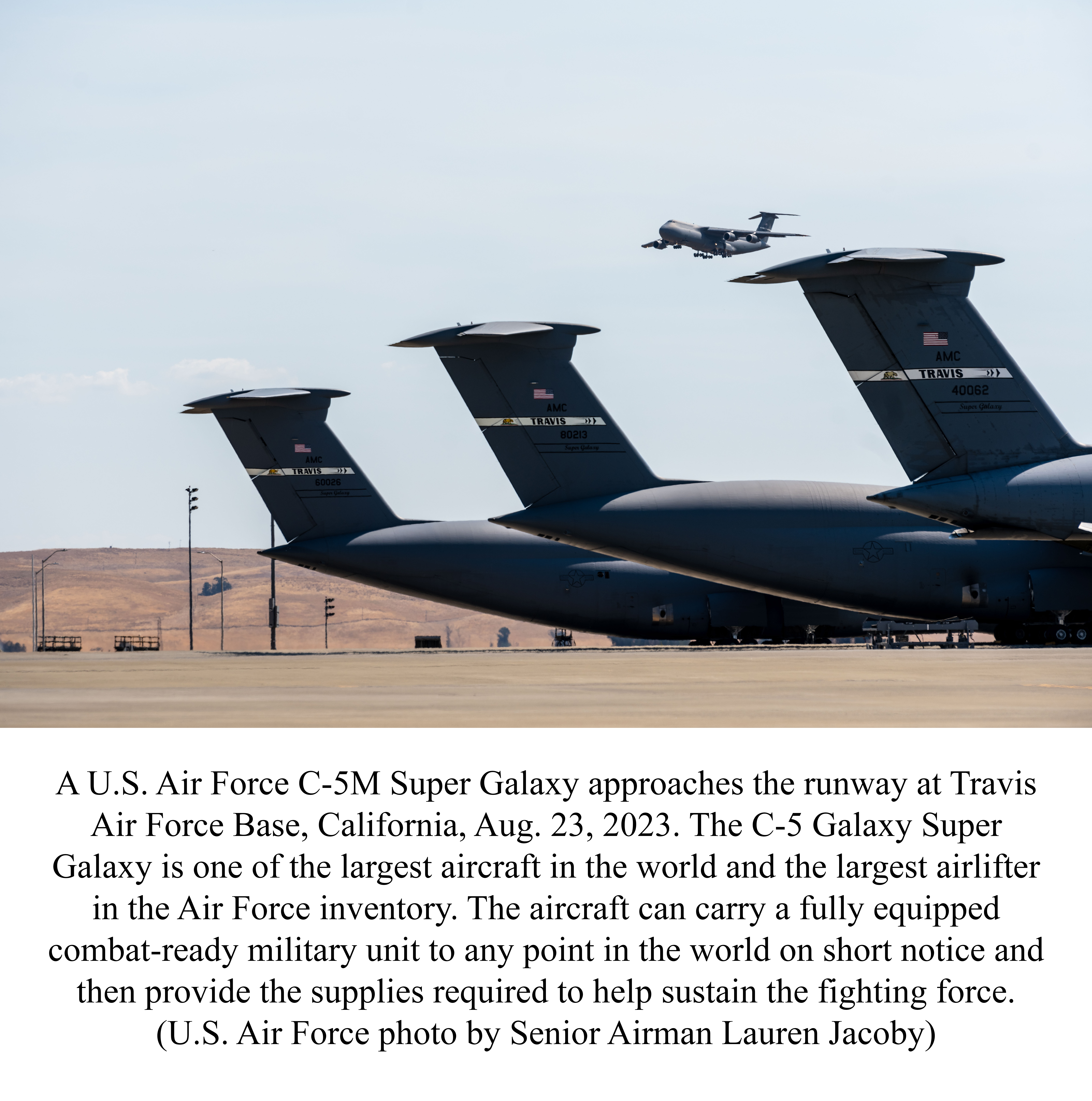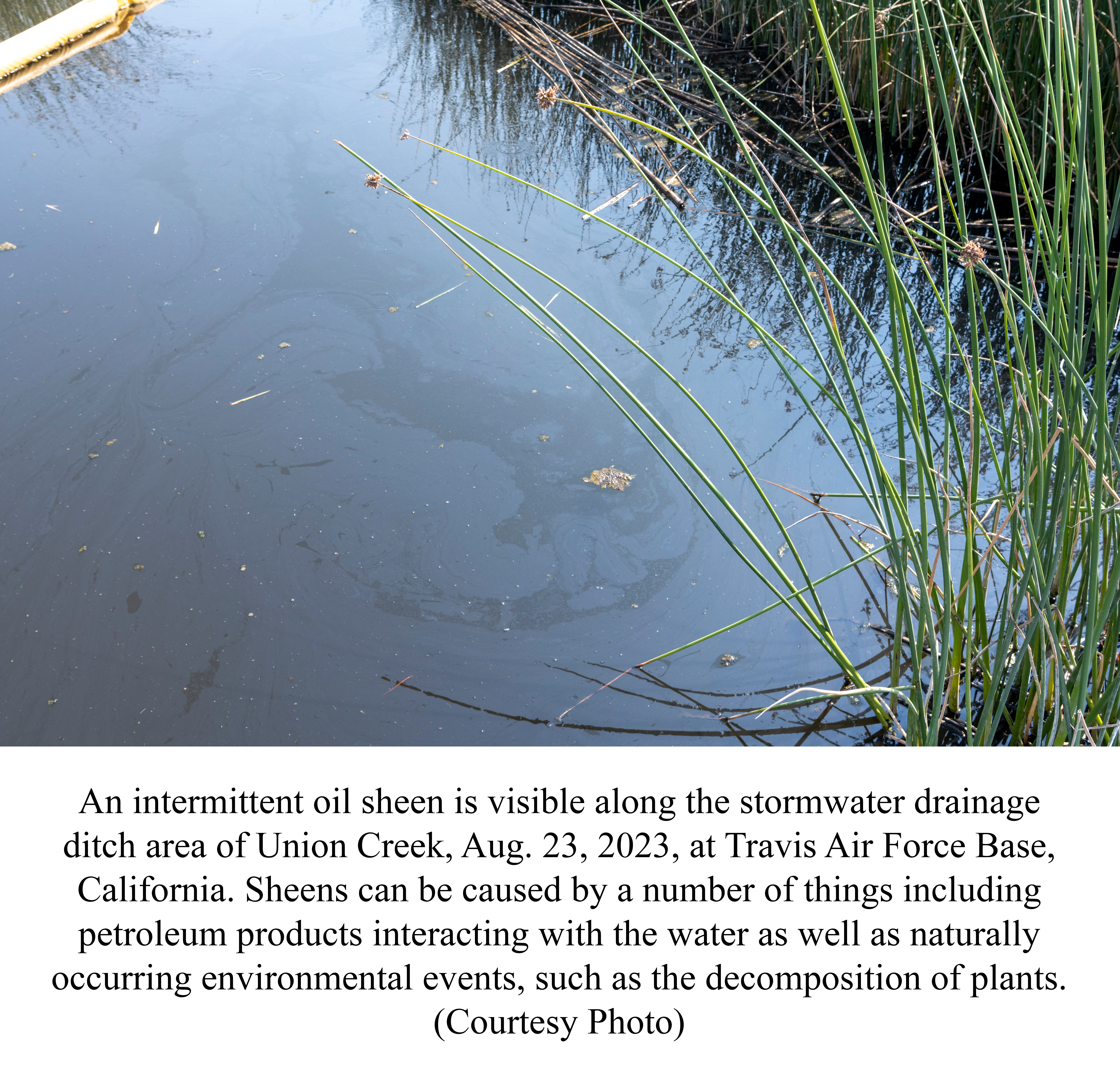 Since 1942, Travis Air Force Base has played a significant role in our nation’s defense. During that time, countless military aircraft have taken off, landed, and been refueled; their missions supported by miles of aviation fuel pipelines and aviation fuel tanks. Some of these pipelines are adjacent to the base’s stormwater system, which discharges into Union Creek. Union Creek is a seasonal creek that consists primarily of treated water that is discharged from the base’s groundwater treatment plant into a drainage ditch, and during the rainy season, Union Creek also serves as a conduit for stormwater. No drinking water is obtained from Union Creek.
Since 1942, Travis Air Force Base has played a significant role in our nation’s defense. During that time, countless military aircraft have taken off, landed, and been refueled; their missions supported by miles of aviation fuel pipelines and aviation fuel tanks. Some of these pipelines are adjacent to the base’s stormwater system, which discharges into Union Creek. Union Creek is a seasonal creek that consists primarily of treated water that is discharged from the base’s groundwater treatment plant into a drainage ditch, and during the rainy season, Union Creek also serves as a conduit for stormwater. No drinking water is obtained from Union Creek.

Travis AFB is undertaking a project to investigate and address the intermittent sheens that have appeared on-base along the stormwater drainage ditch area of Union Creek. Sheens may be iridescent or “rainbow” in appearance on the water’s surface. Sheens can be caused by a number of things including petroleum products interacting with the water as well as naturally occurring environmental events, such as the decomposition of plants. Analysis has indicated that a portion of the observed sheens contained varying jet fuels used historically at Travis AFB. These fuels are JP-4, JP-8, and Jet A.
Working closely with the Air Force Civil Engineer Center (AFCEC), the Air Force Petroleum Agency (AFPET), and the Defense Logistics Agency (DLA), Travis AFB has engaged in an aggressive effort to monitor for any fuel sheens and contain any found, investigate potential sources, and remediate impacted areas as needed. In addition to teaming with Air Force and Department of Defense partners, Travis AFB initiated a robust and cooperative process with the EPA, the California State and Regional Water Boards, and other federal, state, and local regulatory agencies, involving bi-weekly meetings, weekly written updates, and on-site visits. This process has enabled meaningful collaboration, including agency feedback and comments for ongoing efforts. Travis AFB and its DoD Partners are committed to the success of this project and will continue to work hard to facilitate comprehensive and thorough investigation and response actions.